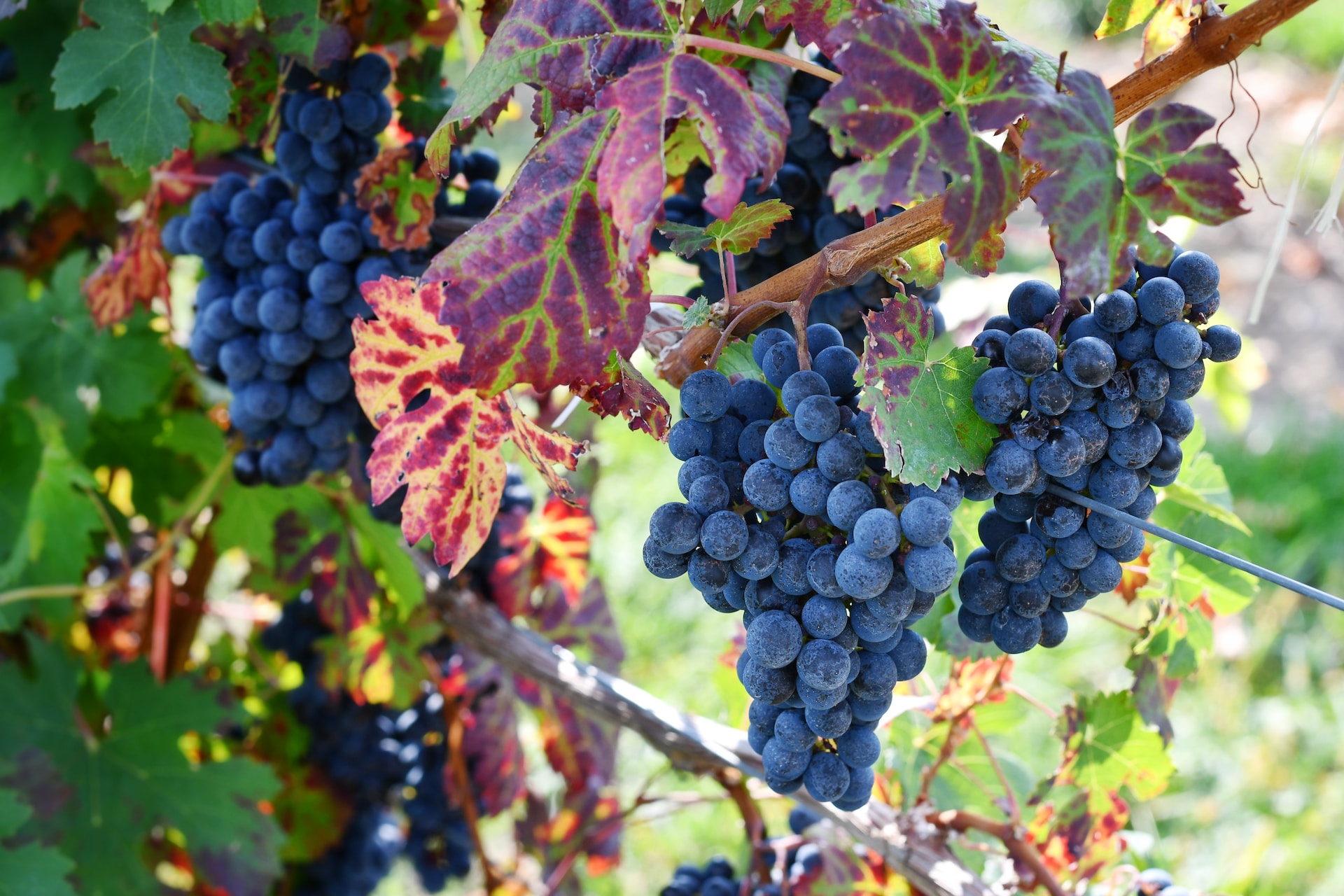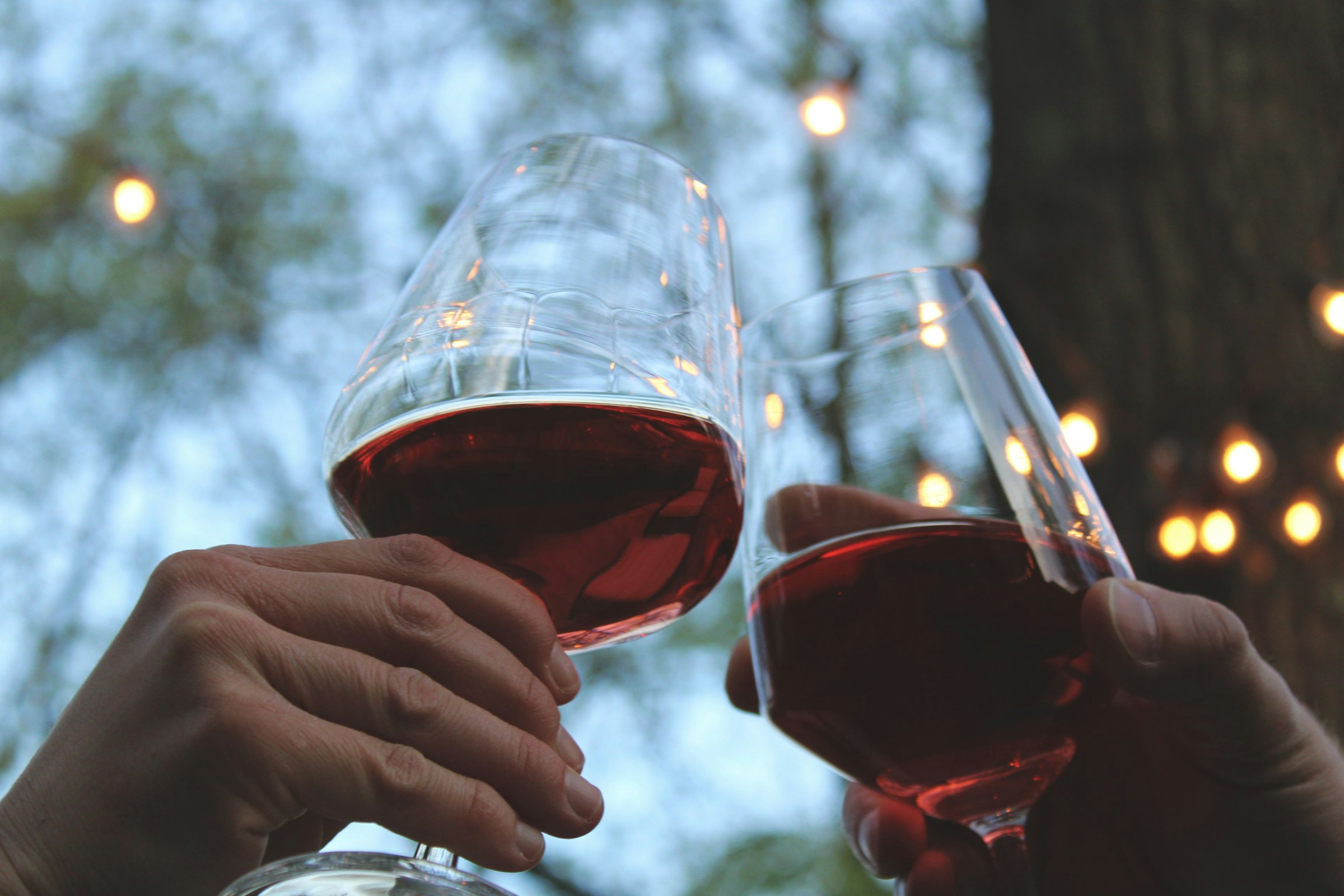There are the big names in wine – the Cabernets, the Pinot Noirs, the Chardonnays. Then there are the more obscure varieties that people love to drop in conversation, hoping their knowledge of lesser-known bottles like Scuppernong might prove them to be somewhat sophisticated and knowledgeable. But then there are the middle-of-the-road wines. The ones that fall somewhere on the popularity scale between the big dogs and the no-names. These are the wines that often get lost in the shuffle, forgotten or cast aside, bringing with them a warm, fond remembrance whenever you stumble upon a glass accidentally. If you’re from anywhere but California, Zinfandel might just be one of these forgotten wine varieties for you.
Of course, white Zinfandel has—for better or worse—remained popular through the decades, but true Zinfandel is quite different from the flowery, sweet version you may already have strong feelings about. So, let’s take a look at this incredibly delicious, robustly bold, yet somehow also light and accessible wine varietal. It’s time to get reacquainted with Zinfandel.
What is Zinfandel wine?

A red wine produced from the Zinfandel grape, Zinfandel wine (or, simply, “Zin” to most wine drinkers) is a beautifully bold and often very affordable wine primarily produced in the United States. This wine is easily identified as it is most often labeled simply Zinfandel on its bottle. While there are exceptions to this rule when Zinfandel is mixed with other grapes to create blends, a wine that is completely made from Zinfandel grapes or is at least 75% Zin, the label should quite clearly state that it is a Zinfandel wine.
Is Zinfandel a sweet or dry wine?

Let us not be confused by the garden-party-loving, often intensely sweet white Zin, which is entirely different than Zinfandel. The grape can also be made into a rosé which, confusingly, goes by white Zinfandel, but for now we’ll focus on traditional Zinfandel wine.
True Zinfandel wine is red and dry but very fruit-driven in its robust, concentrated flavors of dark fruit and spice. Common Zinfandel notes include plum, blackberry, strawberry, dark cherry, clove, vanilla, and cinnamon.
Is Zinfandel a light or heavy wine?

Though technically considered a light-bodied wine, Zin’s slight tannins and high acidity levels give it a bold intensity that some may interpret as heavy.
Because this particular grape does especially well in warm climates where sugars are given a chance to fully develop, Zinfandel’s flavors are robust, spicy, and ripe.
Zinfandel is wonderful to sip on its own but is also beautifully paired with a variety of dishes. Though light in body, Zin has the power to stand up to heavily seasoned and bold flavors such as barbecued and grilled meats, salty cheeses, creamy sauces, and rich desserts with deep, velvety chocolate and caramel.
Where Does Zinfandel wine grow?

The Zinfandel grape is one with quite a patriotic All-American dream-type history. According to Zinfandel.org, historians have traced Zinfandel’s roots in the United States back to the 1820s, when George Gibbs, a Long Island, New York nursery owner, imported unnamed cuttings from the Schonbrunn imperial horticultural collection in Vienna. By 1832, a Boston nursery was advertising “Zinfendal” vines for sale. Between 1835 and 1845 “Zinfandel” became a popular “table grape” grown in hothouses in the Northeastern United States. Frederick Macondray, a sea captain and horticulturist, grew the grapes in Boston, Massachusetts, and is credited with bringing some of the first cuttings to California on his ship in the early 1850s.
Since then, the vast majority of Zinfandel on the market today comes from California and is the third most widely planted grape in the enormous state, followed only by Chardonnay and Pinot Noir. The grape’s ability to withstand the heat and adapt to a number of warm environments, Zinfandel, is grown in most of California’s 58 counties.
What’s the difference between Pinot Noir and Zinfandel?

While both Pinot Noir and Zinfandel are extremely popular light-bodied reds and are often enjoyed by the same palate, they certainly do have their own unique characteristics. While Pinot’s more subtle, gentle, nuanced flavors offer an elegant bouquet, Zinfandel drinks more boldly, with robust and expressive flavors that are just as vibrant and delicious when enjoyed alone or when paired with an incredible dish.
Why is Zinfandel so cheap?

Zinfandel is hardly ever a bottle that one must splurge on to enjoy. In fact, to those who don’t know wine very well, this highly affordable varietal is often dismissed simply because of its lower price tag. A cheap bottle must be a bad bottle, right? Wrong. Zinfandel’s affordability has absolutely nothing to do with its highly expressive and exquisite flavor and more to do with economics.
As stated above, particularly in California this grape is very widely grown. Because there’s a lot of it, prices can remain more temperate. Zin is also a very heat-tolerant grape, able to withstand and thrive in California’s Central Valley’s triple-digit summers. When a grape is as easy to grow as this, it is widely grown and, therefore, cheaper to produce. That’s very good news for us.



